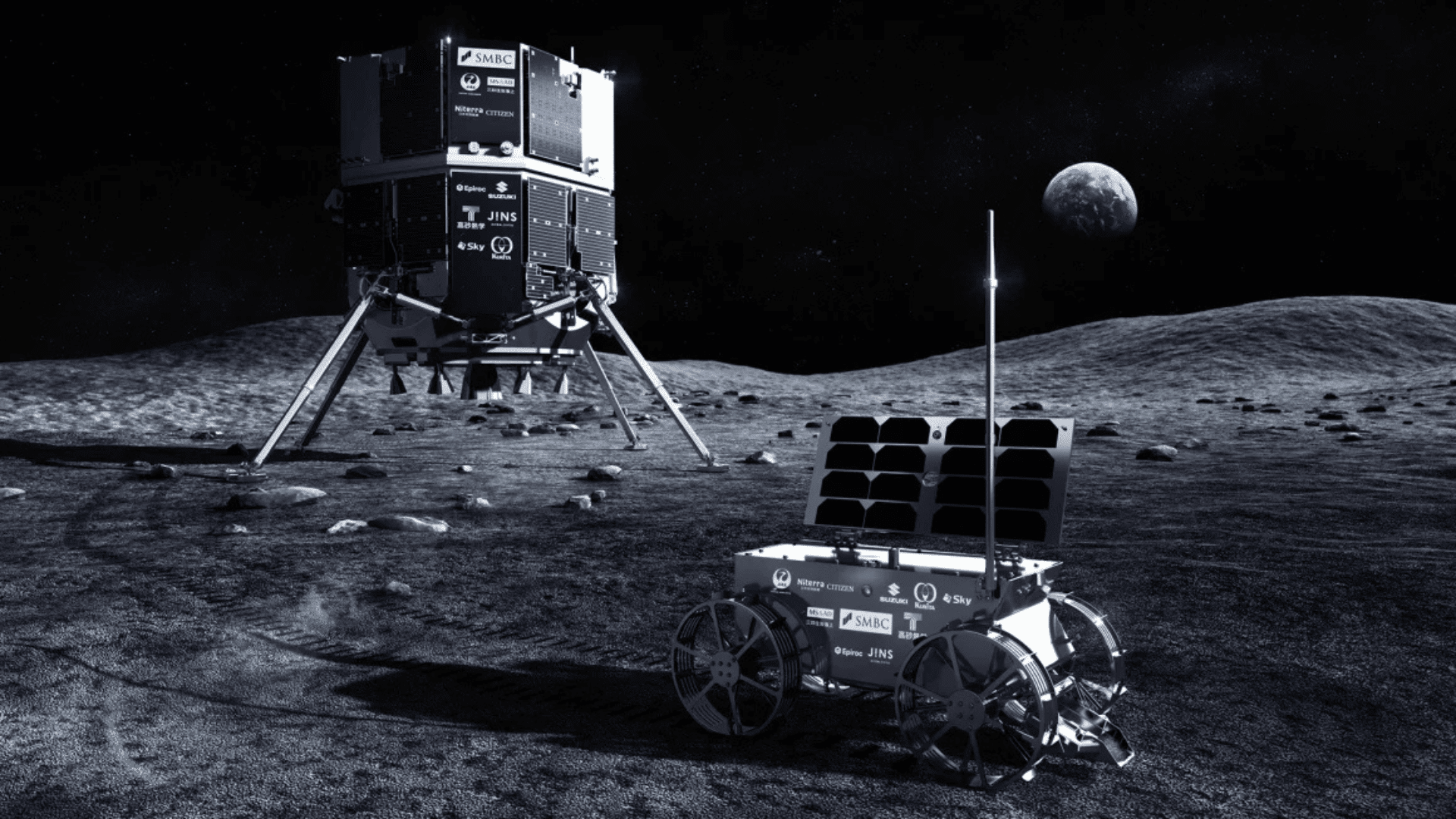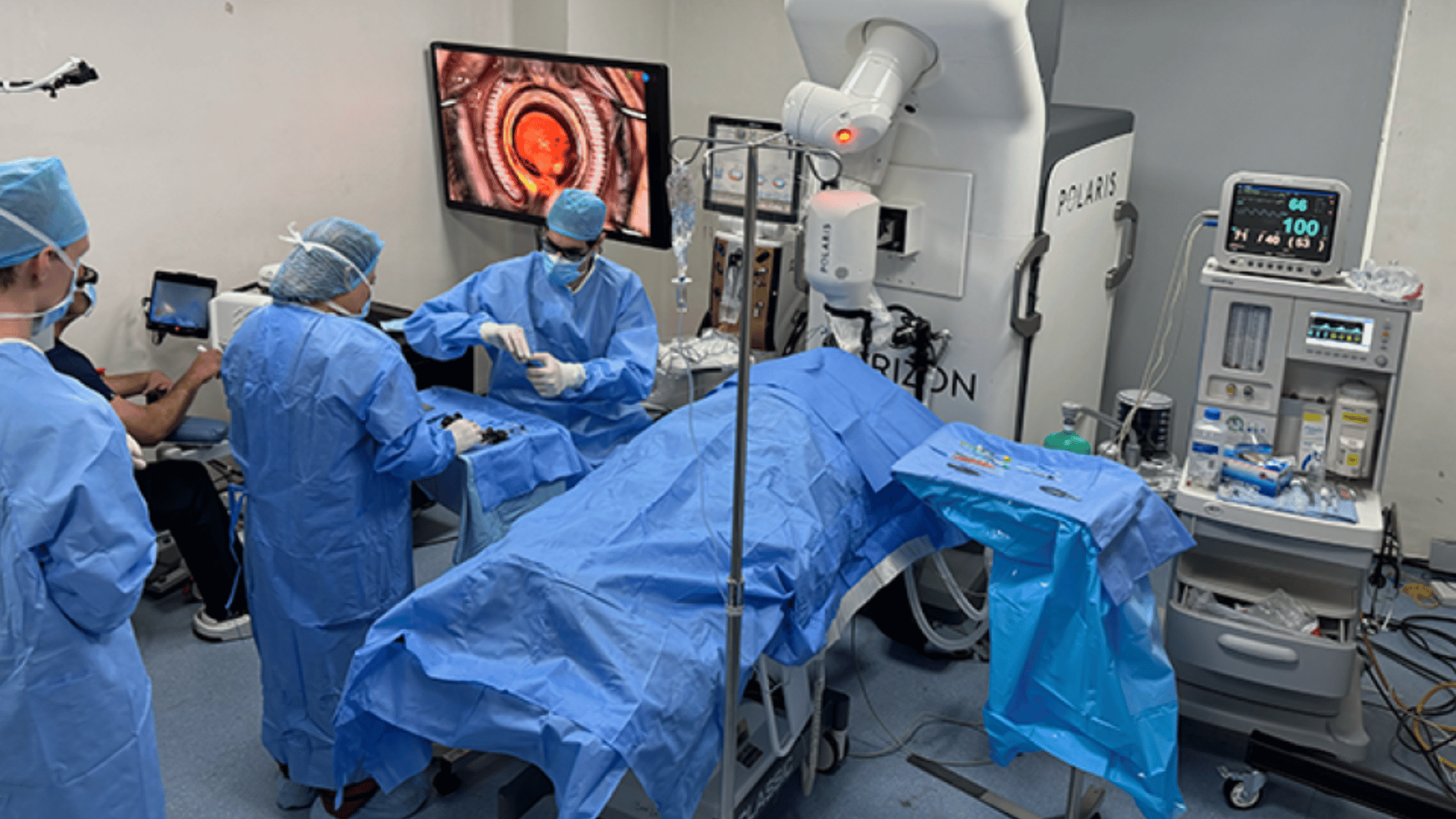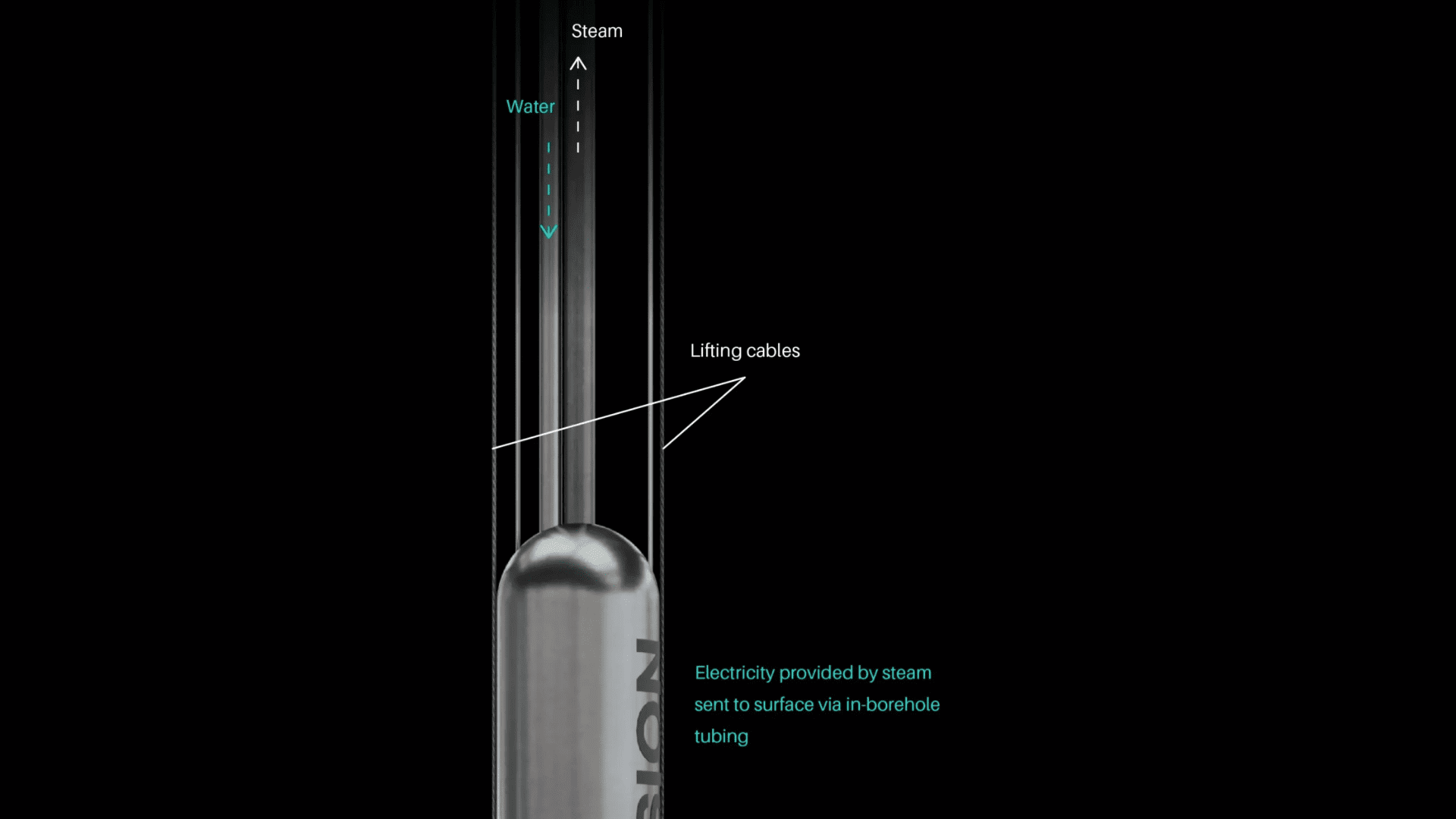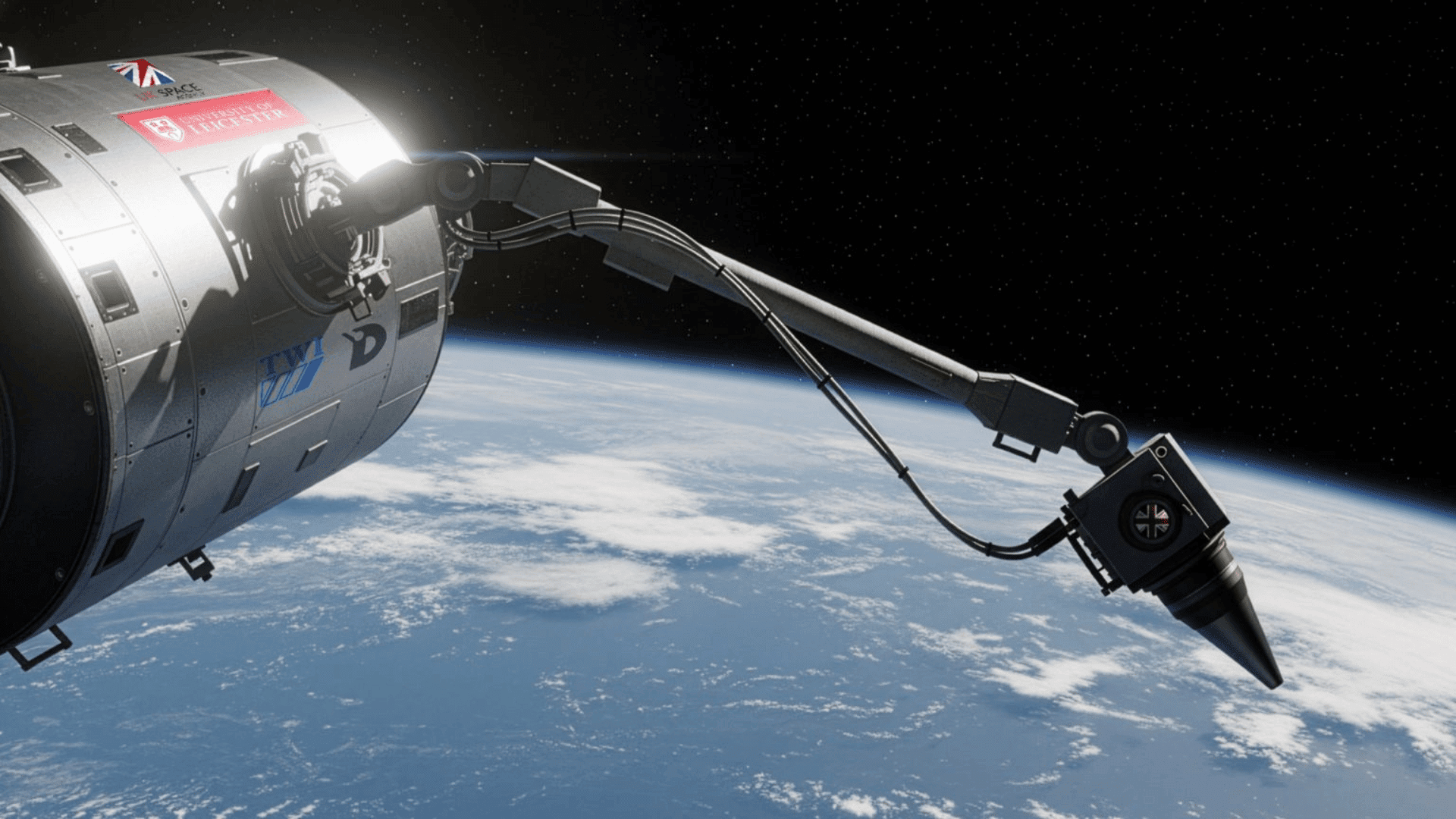Three months ago, the first of two lunar landers, flown out of Florida on a SpaceX rocket, landed on the Moon. The other spacecraft, Resilience, is set to touchdown today.
Lunar Landing Today

The uncrewed spacecraft is on track to land at 3:24 PM ET on Thursday, June 5th. The lunar lander was developed by the Japanese-based company Ispace, which stated that there were advantages to their longer journey.
“What is good about this four- or five-month trajectory is, every day, there are small things that happen … something we didn’t expect,” Ispace Chief Financial Officer Jumpei Nozaki told CNN in January. “This (journey to the Moon) is really a learning phase.
Ispace’s first attempt to put a spacecraft on the Moon resulted in a crash landing in April 2023 after a 4 ½ month long journey from Earth. Resilience is on a low-energy transfer path, meaning it’s on a slow route that uses less fuel and energy. Unlike other spacecraft that propel themselves toward the Moon, the Resilience lander waited for the Moon’s gravity to naturally capture it into lunar orbit.
Nozaki said Resilience’s time in orbit allowed mission operators to “verify many kinds of systems during this long journey,” such as the vehicle’s sensors, navigation, and other software systems. Ispace hopes a group of three science instruments currently on board Resilience will support some compelling tests.
The spacecraft is hauling a module for testing algae-based food production, a deep-space radiation monitor, and a water electrolyzer experiment, or a device designed to generate oxygen and hydrogen in the lunar environment.
The company aims for a 750-mile-long plain called Mare Frigoris, or the “Sea of Cold”, which lies in the Moon’s far northern reaches. And, if Resilience lands upright, it will become the first commercial company outside of the U.S. to accomplish this feat.
The company will be livestreaming Thursday’s landing attempt on YouTube and X.







